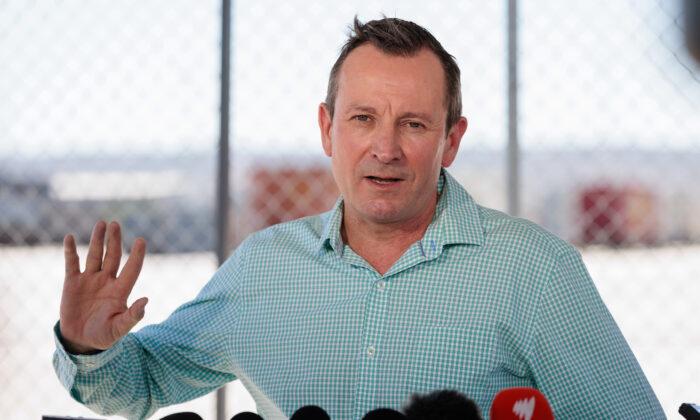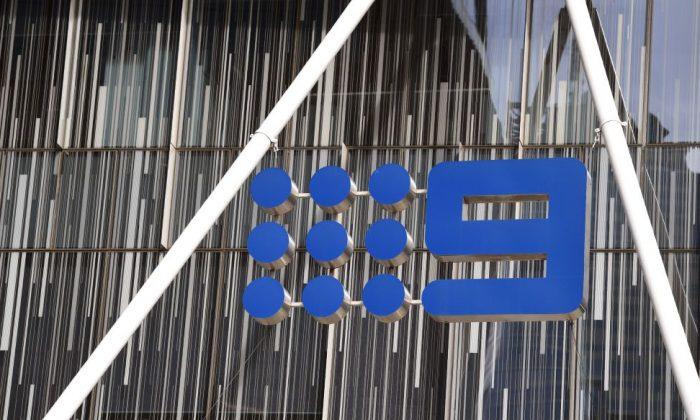The Western Australian (WA) Labor government will formally enshrine net-zero emissions in law by 2050 and reduce government emissions by 80 percent by the end of this decade.
The policy, to be introduced to parliament this year, will create statutory requirements to set emission reduction targets for businesses and investors and provide a framework for the state’s climate response.
WA Climate Action Minister Reece Whitby described climate change as “the greatest challenge of our lifetime.”
“Legislation sends a strong signal about the priorities and leadership of our government. This includes our commitment to achieving an 80 per cent reduction in State Government emissions by 2030.
He claimed the new policy will “unlock critical investment in clean energy infrastructure and technologies, ultimately reducing costs for businesses.”
Acting Energy Minister Sue Ellery echoed the sentiment, saying the legislation will “drive investment in clean energy infrastructure and technologies while helping position our State as a green energy powerhouse.”
“It will also enhance business confidence and stimulate change to accelerate WA’s clean energy switch.”
The move is expected to deal a heavy blow to Western Australia’s resources sector, contributing A$230 billion (US$163 billion) to the Australian economy. Mining operations make up 94 percent of the state and 46 percent of Australia’s income from total merchandise exports in 2019-20.
WA is also the only state which has recorded an increase in emissions on 2005 levels.
Net-Zero Can’t Be Achieved Without Mining Industry
But Gina Rinehart, Australia’s richest person, has warned that net-zero will “crumble to unachievable” without a strong and healthy mining industry.The billionaire cited a finding from the International Energy Agency that “a typical electric car requires six times the mineral inputs of a conventional car, and an onshore wind plant requires nine times more mineral resources than a gas-fired plant of the same capacity.”
“Many governments around the world, as they throw taxpayers’ money on green this and that policies to get their countries deeper into debt ensuring for the next generations to be saddled with higher taxes, will require massive investments in mining if their green policies are to be achieved. So why make it more and more difficult with onerous and increasing government burdens?”
New South Wales is targeting a 70 percent reduction by 2035, while Victoria and South Australia want to achieve a 50 percent cut over that period.
Under the federal government’s new safeguard mechanism reforms, Australia’s biggest polluters will be required to reduce their net emissions by almost 35 percent by 2030.
Trade-exposed facilities will be supported by an initial $600 million (US$414 million) in funding to compensate for the transition cost and ensure competitiveness, so emissions do not “leak” overseas from businesses outsourcing operations.
The previous Coalition government introduced the safeguard mechanism and required the 215 facilities that annually produce over 100,000 tonnes of greenhouse gases to limit their net emissions below a baseline limit.




